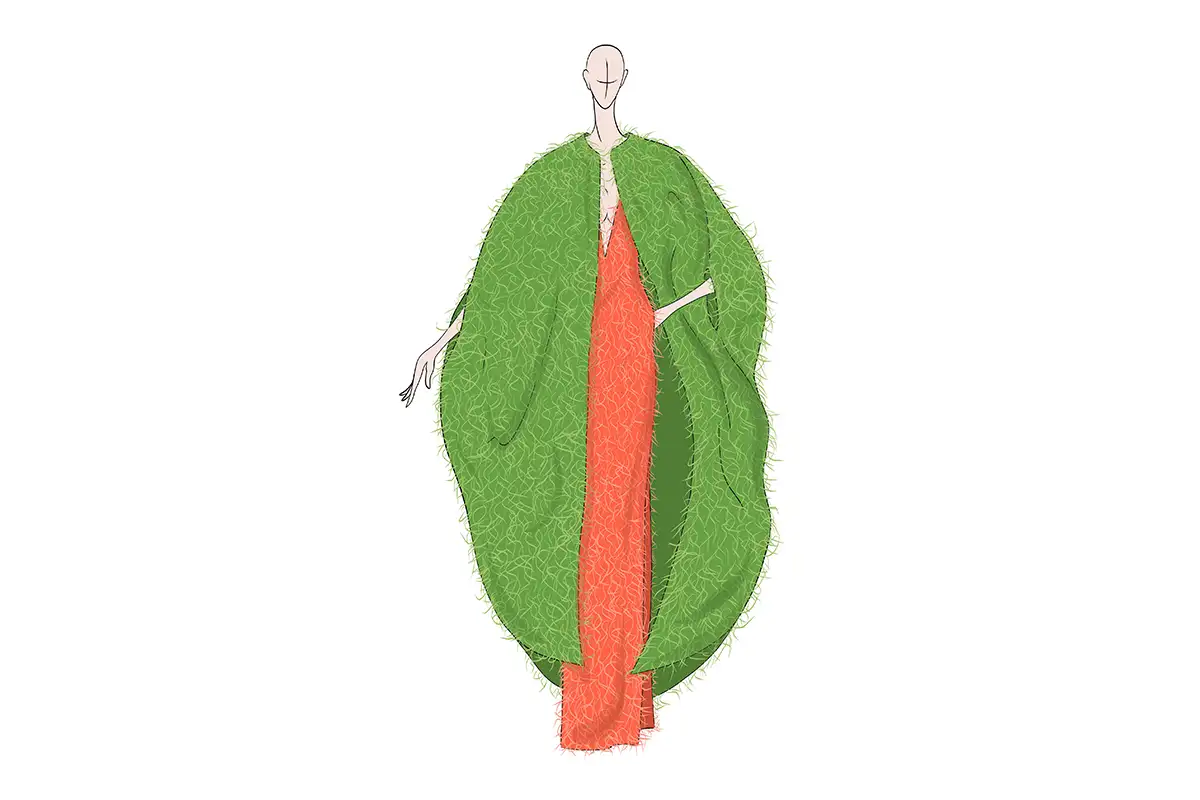Contact
Press
Sandys García
Director de comunicación y RRPP
Send email
Phone number: 915 328 475
Mobile: 640 668 396
Buyers
Sandys García
Send email
Phone number: 915 328 475
Mobile: 640 668 396
About Maison Mesa
Mesa has over 30 years of experience in fashion design and styling, having worked for major brands such as Angel Schlesser, Agatha Ruiz de la Prada, Jesus del Pozo, Cortefiel, Blanco, Harper's Baazar, as well as collaborating with companies such as Induyco and Inditex, among many others. Since 2017 he runs his eponymous couture house Maison Mesa, receiving awards such as LÔreal Paris for Best Couture of Madrid, Hoy Magazine Best Designer of the Year Award, Spanish Runway Trajectory Award and Alegria de Vivir Award to the best haute couture designer.
He has participated in national and international catwalks, twenty-five years have gone by his first fashion show at the Cibeles catwalk, where he has continued to present collections until today, showing in catwalks such as Carrousel du Louvre in Paris, Milan and New York Fashion Week, not to mention various national and international fashion weeks, including China, Colombia, Mexico, Germany, Sri Lanka, Moscow, Switzerland, Albania, Georgia, Romania and a very long etc. being currently the godfather of the Costa Rica Fashion Week and Latin American Catwalk.
Mesa has not only been dedicated to collection design, but also to all kinds of industrial and artistic product design, such as glasses, shoes, scarves, handbags, piercings, snowboards, hats, jewelry, scenography, music, DJ sessions, casting, styling or the design of ballet, theater, advertising, cinema, opera, exhibitions and installations, as well as teaching and lecturing
Collection lines
“THE THINGS THAT DREAMS ARE MADE OF”
… Take time to see the wonders of the world
To see the things you've only ever heard of
Dream life the way you think it ought to be
See things you thought you'd never ever see
So begins The Human League's "The Things That Dreams Are Made Of", which inspired and gave the name of this season's new Maison Mesa collection.
In keeping with our philosophy, we believe that the best way to live life is to take control of it oneself, pursuing our dreams without giving up for a second, knowing that often the most important thing is right in front of our eyes and that we can have it, because we deserve it, because we are all indispensable lights in this world and we shine at full power regardless of our sex, size, race and condition. We just have to let the magic pervade us and become the most tangible reality.
To this end we have opened our ears and our soul, to listen to what our customers need, what they want and how we are able to support them in achieving their dreams, and following their advice, we have come up with this new collection.
Fluid and comfortable silhouettes, geometric and anatomical patterns, that are heirs of our past, while adapting to our present needs with a foothold on the future, curves and straight lines with a clean and simple cut. Fabrics that make everyday life easier, from poplin or embroidered voile cottons, to draped crepes or fluorescent houndstooth, flowing fabrics with special details such as slashed pieces or fringe/feather effects that blend with micro and maxi sequins, brushstroke effect jaquards or metallic lurex fabrics.
Synergy, collaboration, sustainability, diversity, local manufacturing, craftsmanship and signature fashion are at the heart of our Maison's identity, and proof of this are the collaborations we are working with this season.
Espadrilles handmade by Casteller, jewelry crafted by Lisi Fracchia, 100% recycled knitwear by Perssam, handmade handbags crafted using national cowhide leather by Muckio, together with the garments carefully tailored by the expert hands of our dressmakers, we serve our customers in order to accompany them and be a part of the inevitable conquest of that dream, because "Those who dream by day are cognizant of many things which escape those who dream only by night" (Edgar Allan Poe).






